
Series: LEFB (Belt Drive), Size: 32, Motor Mounting Position: Top Mounting Type, AC Servo Motor: S3 (200W Output, Incremental Encoder), Lead: S, Stroke: 300mm, Motor Option: None, Auto Switch Compatibility: None, Positioning Hole: Housing B, Bottom, Cable: S (Standard Cable), Cable Length: 2 (2m)
Accuracy: Basic Type, Size: 40, Motor Type: S2 (100W Output, Incremental Encoder), Lead, mm: H (Size 40: 24mm, Size 63: 30mm, Size 100: 50mm), Stroke: 300mm, Motor Option: None, Cover: w/o Cover, Cable Type: S (Standard), Cable Length: 2m
Size: 25, Motor Mounting: Top Mounting Type, Motor Type: T6 [AC Servo Motor, (Absolute Encoder), Output 100W], Lead: B [LEY25, 6mm; LEY32, 8(10)mm], Stroke: 300mm, Motor Option: w/o Option, Rod End: Rod End Female Thread, Mounting: Ends Tapped (Standard), Actuator Cable Type: S (Standard Cable), Cable Length: 2m
Series: LEFS (Ball Screw Drive), Accuracy: Basic Type, Size: 32, Motor Mounting Position: In-line, Motor Type: T7 (200W Output, Absolute Encoder), Lead: A (LEFS25, 12mm; LEFS32, 16mm; LEFS40, 20mm), Stroke: 300mm, Motor Option: w/o Option, Auto Switch Mounting Bracket: None, Grease Application: with, Positioning Pin Hole: Housing B, Bottom, Cable Type: S (Standard Cable), Cable Length: 2
Series: Belt Drive, Size: 32, Motor Mounting Position: Top Mounting Type, AC Servo Motor: 200W Output, Incremental Encoder, Lead: S, Stroke: 300mm, Motor Option: None, Auto Switch Compatibility: None, Positioning Hole: Housing B, Bottom, Cable: Standard Cable, Cable Length: 2m, Driver: -, I/O Connector: -
Series: Ball Screw Drive, Accuracy: Basic Type, Size: 32, Motor Mounting Position: In-line, Motor Type: 200W Output, Absolute Encoder, Lead: LEFS25, 12mm; LEFS32, 16mm; LEFS40, 20mm, Stroke: 300mm, Motor Option: w/o Option, Auto Switch Mounting Bracket: None, Grease Application: with, Positioning Pin Hole: Housing B, Bottom, Cable Type: Standard Cable, Cable Length: 2m, Driver Type: -, I/
Accuracy: Basic Type, Size: 40, Motor Type: 100W Output, Incremental Encoder, Lead, mm: Size 40: 24mm, Size 63: 30mm, Size 100: 50mm, Stroke: 300mm, Motor Option: None, Cover: w/o Cover, Cable Type: Standard, Cable Length: 2m, Driver Type: -, I/O Connector: -, Option: -
Size: 25, Motor Mounting: Top Mounting Type, Motor Type: T6 [AC Servo Motor, (Absolute Encoder), Output 100W], Lead: B [LEY25, 6mm; LEY32, 8(10)mm], Stroke: 300mm, Motor Option: w/o Option, Rod End: Rod End Female Thread, Mounting: Ends Tapped (Standard), Actuator Cable Type: Standard Cable, Cable Length: 2m, Controller Type: -, I/O Connector: -
Piston speed (mm/s) 1000 Air cushion RS Q G Adjusting Procedure 500 400 300 Lock nut for adjusting bolt Unit holding bolt RS H A Adjusting bolt 200 RZQ Lock plate holding bolt 0.5 100 10 20 30 4050 100 200 300 400500 MI W S W2 max W1 max W3 max CEP1 Allowable load (N) Shock absorber CE1 ML2B40 Horizontal collision: P = 0.5 MPa Lock plate 2.
Piston speed (mm/s) 1000 Air cushion RS Q G Adjusting Procedure 500 400 300 Lock nut for adjusting bolt Unit holding bolt RS H A Adjusting bolt 200 RZQ Lock plate holding bolt 0.5 100 10 20 30 4050 100 200 300 400500 MI W S W2 max W1 max W3 max CEP1 Allowable load (N) Shock absorber CE1 ML2B40 Horizontal collision: P = 0.5 MPa Lock plate 2.
Do not drop, bump or apply excessive impacts (300m/s2 or more for reed switches and 1000m/s2 or more for solid state switches) while handling. Although the body of the switch may not be damaged, the inside of the switch could be damaged and cause a malfunction. 2. Do not carry a cylinder by the auto switch lead wires. Never carry a cylinder by its lead wires.
other than 300 mm, refer to the plug connector lead wire.
300 300 200 200 Lower limit 100 100 Lower limit 0 0 10 20 30 40 0 10 20 30 40 0 Transfer speed [m/min] Transfer speed [m/min] RS2H63-30 The graphs indicate the values at normal temperature. (20 to 25C) = 0.2 = 0.1 1,000 900 800 700 600 500 400 300 200 100 0 1,000 900 800 700 600 500 400 300 200 100 0 Mass of transferred object m [kg] Mass of transferred object m [kg] 63 Operating range
310.5 17 251 268.5 300 310.5 16 239.5 257 287.5 298 15 228 245.5 275 285.5 14 216.5 234 262.5 273 13 205 222.5 250 260.5 12 193.5 211 237.5 248 11 182 199.5 225 235.5 10 170.5 188 212.5 223 9 159 176.5 200 210.5 8 147.5 165 187.5 198 7 136 153.5 175 185.5 6 124.5 142 162.5 173 5 113 130.5 150 160.5 4 101.5 119 150 160.5 3 90 107.5 137.5 148 2 78.5 96 125 135.5 1 67 84.5 112.5 123 L1 L2 L3
Tube bore size B, #2(#2+#3) 40 125, 150, 175, 200, 250, 300 55 14 14 3.8-9 Series CXT Auto Switch Specifications Refer to p.5.3-2 for details on auto switch.
. = b contact) state auto switches such as D-F9G and D-F9H. 14 Series CXSJ Auto Switch Common Specifications Auto Switch Common Specifications Type Reed switch Solid state switch Leakage current 3-wire: 100 A or less; 2-wire: 0.8 mA or less None Operating time 1.2 ms 1 ms or less Impact resistance 300 m/s2 1000 m/s2 Insulation resistance 50 M or more at 500 VDC (between lead wire and case
The station address is set using the rotary switches S1 and S2. (1) Settings of the Rotary Switches S1 and S2 Set the station address using the rotary switches S1 and S2.
Since M1 and M3 are not generated, review is unnecessary. = 0.96 [Nm] 2 = M2/M2 max = 0.96/4 = 0.24 M Guide shaft mounting surface L1 B We = 5 x 103m g U = 5 x 103 1 9.8 300 = 14.7 [N] Me3 = 1/3 We(L2 + A) 103 3.
Stroke (mm) up to 10 up to 30 up to 75 up to 100 up to 50 up to 100 up to 300 up to 400 More than 400 up to 100 up to 300 up to 400 More than 400 up to 100 up to 300 up to 400 More than 400 up to 100 up to 300 up to 400 More than 400 up to 100 up to 300 up to 400 More than 400 Max. speed (mm/s) 7 8 9 6 10 15 Selection graph 10 11 12 13 14 15 17 16 20 25 32 The maximum speeds for 10 to 32
Bore size Series MB Pressure 0.5 MPa Load factor 50% Stroke 500 mm Series CS1 Pressure 0.5 MPa Load factor 50% Cylinder stroke 1000 mm 50 63 80 100 125 140 160 180 200 250 300 Average speed (mm/s) Series 1000 1100 Perpendicular, upward actuation 900 Horizontal actuation 800 700 600 500 400 300 200 100 VK VQ7-8-FG-S-A03 VQ7-8-FG-S-RA03 VZ VF 0 1000 1100 VFR 900 800 700 600 500 400 300 200
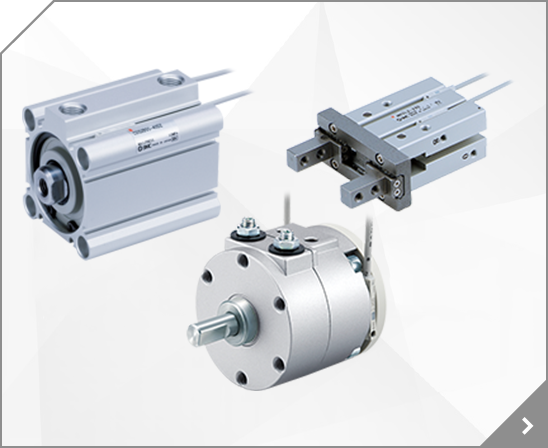
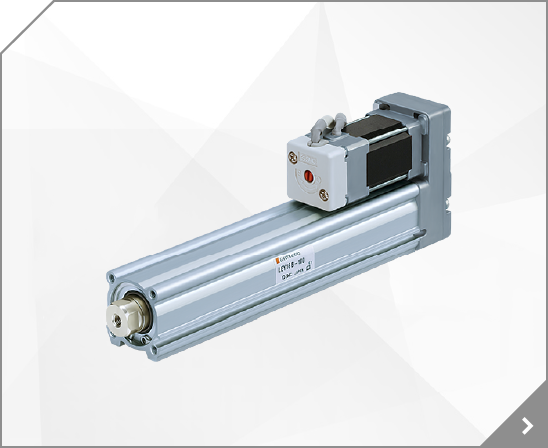
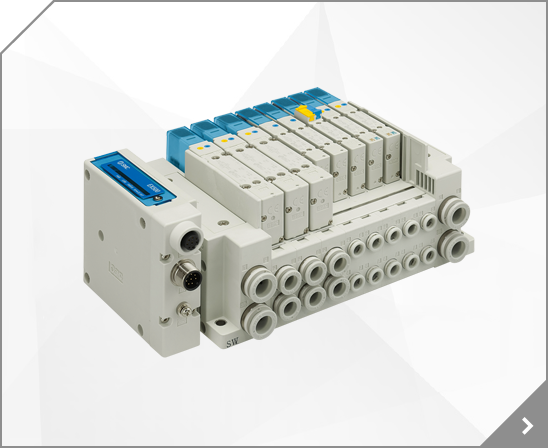
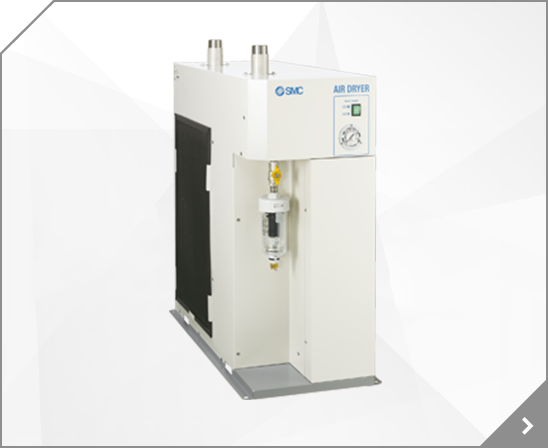
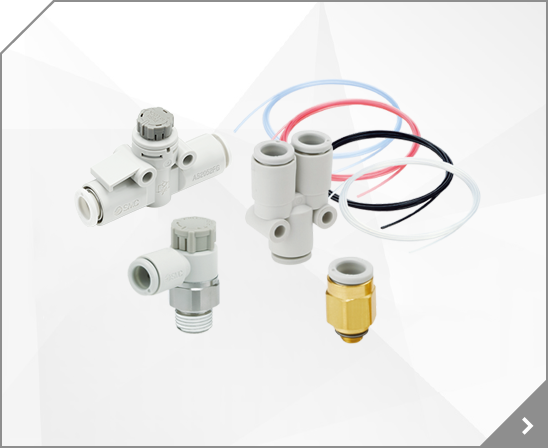

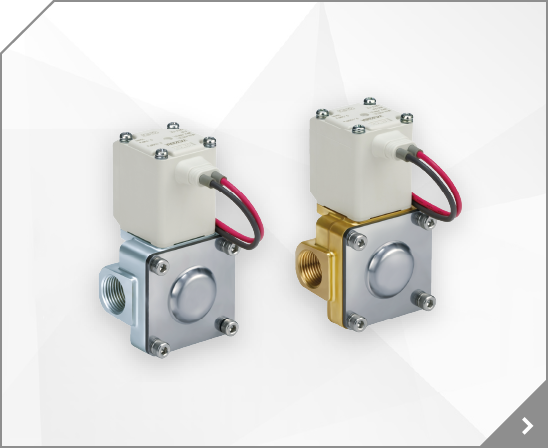

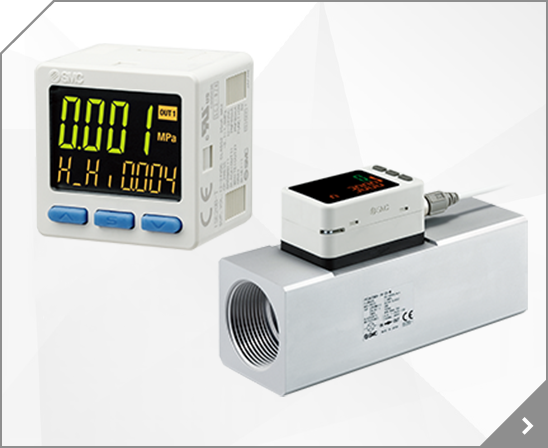
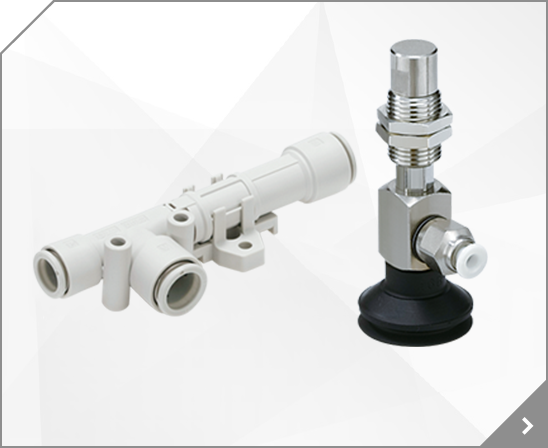

 ML2B
ML2B